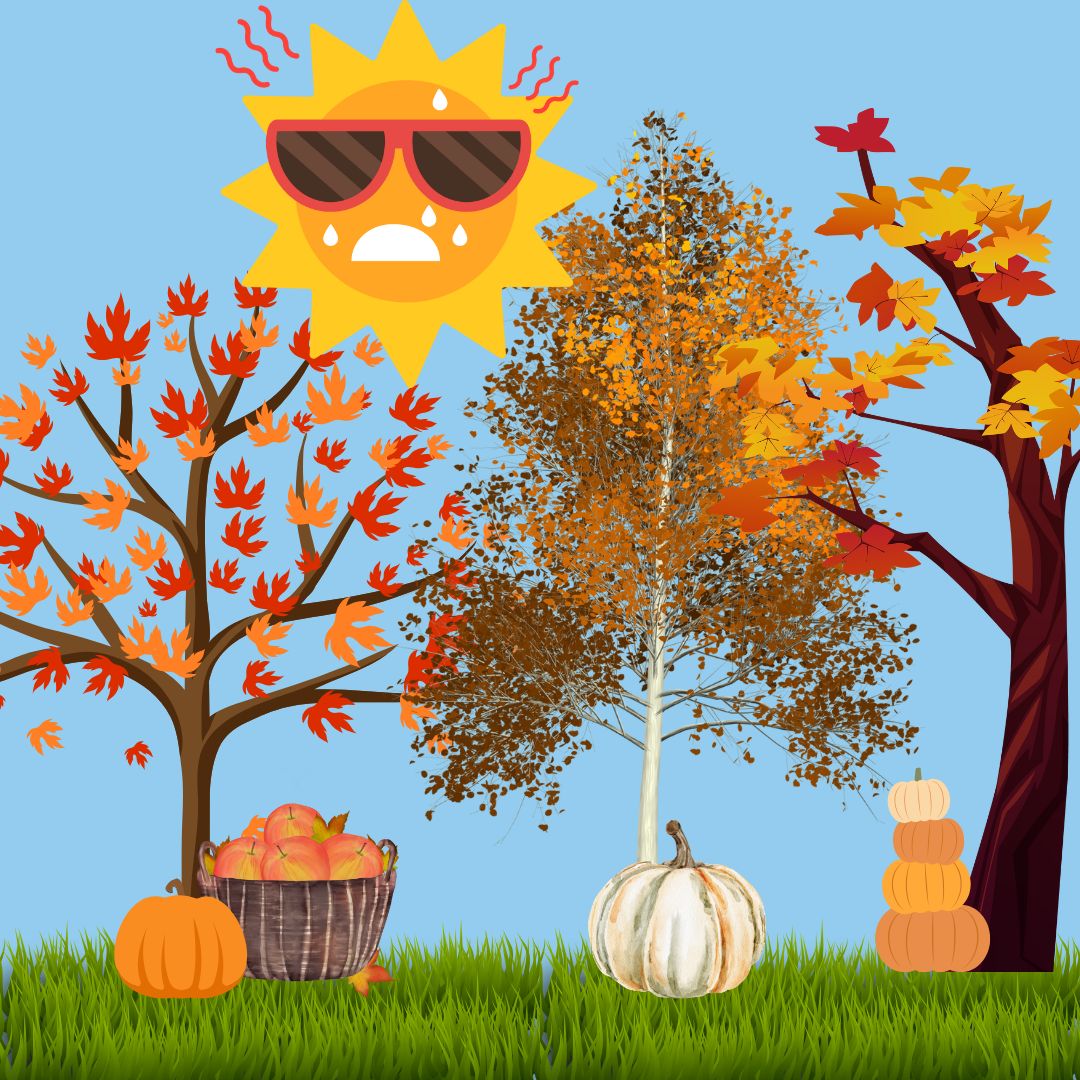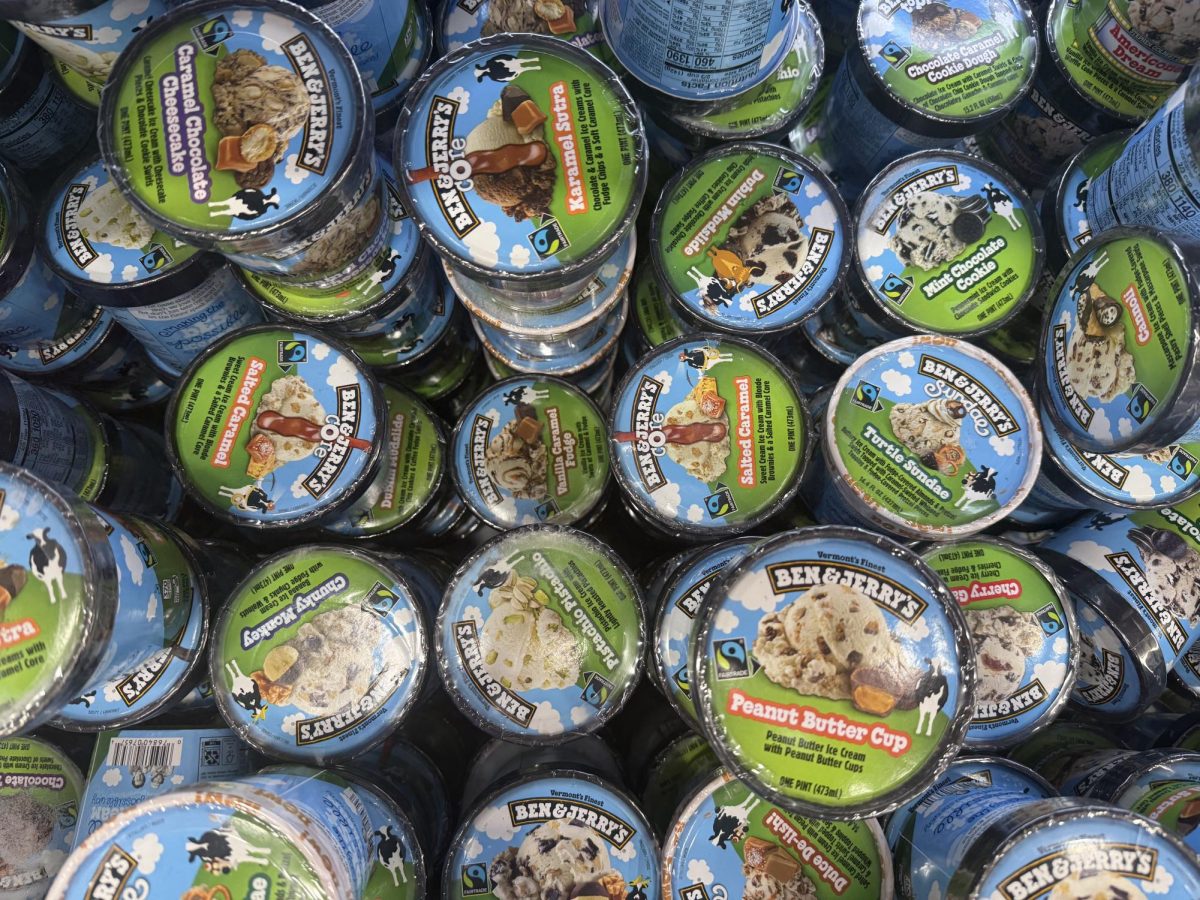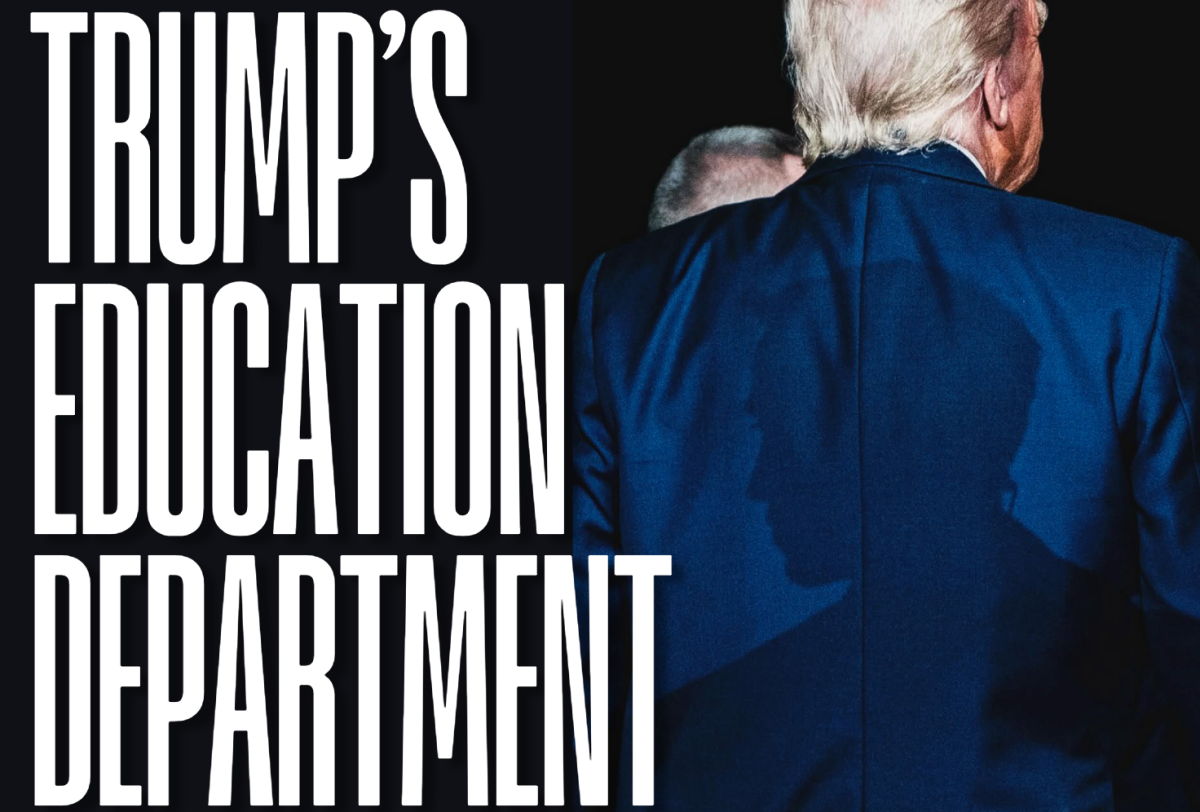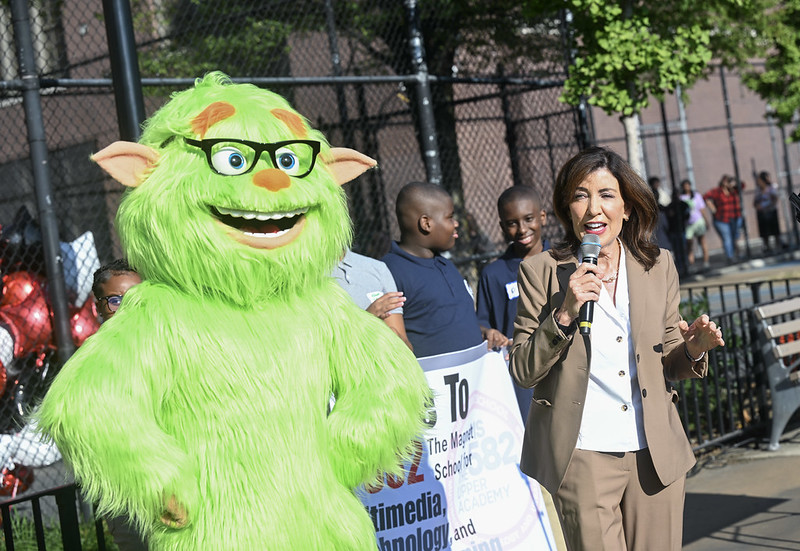Fordham University students enjoyed unusually warm weather this fall. Many students, including myself, have appreciated being able to wear shorts, sit outside and not shiver on the way to class this late into the fall semester. However, the weather New York City has been experiencing poses a threat to both our city and our nation.
On Oct. 31, the temperature in the Bronx hit a high of 81 degrees. This marks one of the warmest Halloween day temperatures ever recorded in New York City. Furthermore, as a CBS News article reports, this is one of the driest Octobers that the NYC metropolitan area has ever experienced.
The unusual weather New York City and Fordham’s campuses have seen this fall is part of a much larger climate crisis facing the United States. The New York State Department of Environmental Conservation explains how the climate crisis has affected New York City and warns about the future problems that may arise from rapidly changing weather patterns.
According to the department, the northeast United States, on average, experiences higher temperature increases than the rest of the country. The average temperature in the State of New York has increased by 3 degrees fahrenheit since 1970 and is expected to rise by another 3 degrees by 2080.
Greenhouse gasses are a primary cause of the higher temperatures and the warmer weather that Americans have been experiencing. The Department of Environmental Conservation and the Intergovernmental Panel on Climate Change have found that greenhouse gas emissions from humans contribute to warmer weather, warmer ocean temperatures, increased precipitation and higher sea levels.
So, what do these temperature increases mean for New York City and its residents?
Warmer temperatures, and in particular warmer winters, have a negative economic impact on New York’s economy. Warmer winters bring less snowfall, and less snowfall with higher temperatures can lead to an early spring. Because of this, New York’s winter recreational businesses have suffered immensely.
New York is not the only place that is suffering. In fact, businesses and resorts around the country have been affected by climate change. In my home state of Virginia, the Massanutten Resort has experienced significantly shorter ski seasons because of warmer winters affecting the region. The resort, located in Virginia’s Shenandoah Valley, has had to turn to technology and snow-making machines to stay open during ski season.
For those who do not partake in winter activities, the effects of climate change mentioned so far may seem irrelevant. However, the effects are wide-ranging. Warmer weather has also had profound impacts on agriculture in New York. Shorter winters have made for longer growing seasons in recent years. Although this can be advantageous for some crops, longer growing seasons invite invasive species, weeds and potentially harmful diseases to crops. This makes life difficult for farmers as crops become harder to produce and, in turn, increases prices for consumers.
The question now becomes, what should New York and the United States do to prevent climate change and reduce greenhouse gas emissions?
New York City has taken steps to reduce climate change, such as entering into a partnership with National Grid in an effort to improve air quality by reducing organic waste sent to landfills. In addition, the city has put in protections to prevent flooding in Staten Island and other areas of the city that have become more vulnerable to extreme weather conditions. NYC also incorporated an annual greenhouse gas report to track the amount of greenhouse gas emissions in the city, where they come from and how to reduce them in the future.
These efforts are essential first steps to reducing climate change in New York and influencing national policy on climate change. However, there is still not enough being done on a national level to reduce greenhouse gas emissions and promote clean energy.
For example, fracking remains a big contributor to climate change by releasing methane and carbon dioxide into the atmosphere and, in turn, leading to warmer temperatures. Although President Joe Biden promised a ban on drilling on federal soil during his 2020 campaign, his administration has continued to approve gas and oil drilling permits.
Broken promises from elected officials and overall ignorance of the real problem at hand will continue to contribute to warm temperatures in New York and the rest of the United States. Until the U.S. puts an end to fracking and actively reduces greenhouse gas emissions being put into the atmosphere, businesses, consumers and the planet will continue to suffer from a soon-to-be irreversible problem. Moving forward, the U.S. needs to make clean and alternate energy sources its top priority.
Jacob Wolfer, FCRH ’26, is an English and history double major from Fairfax, Va.
















































































































































































































